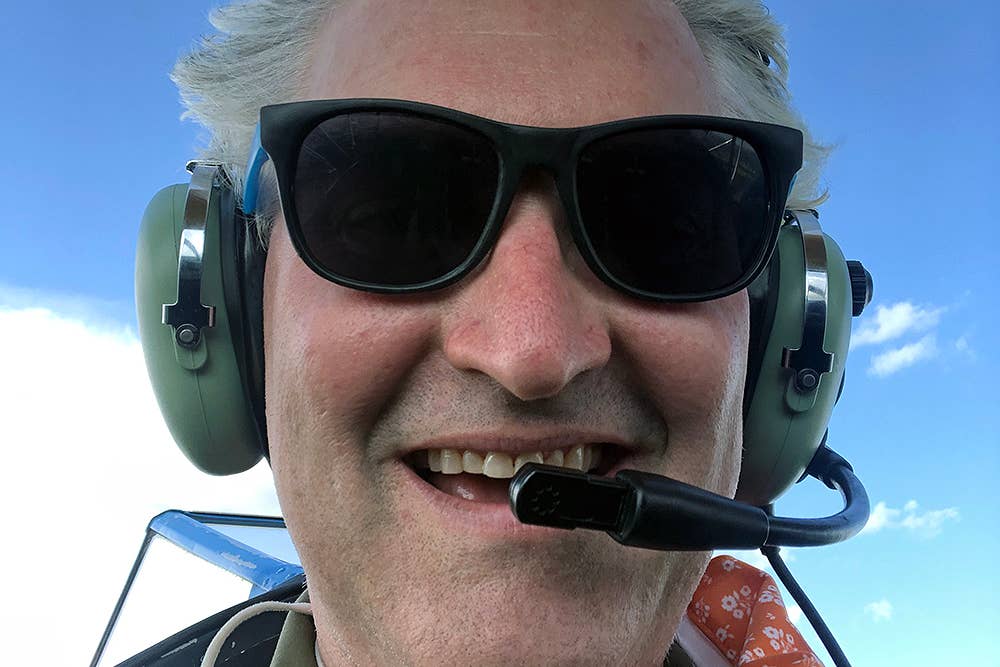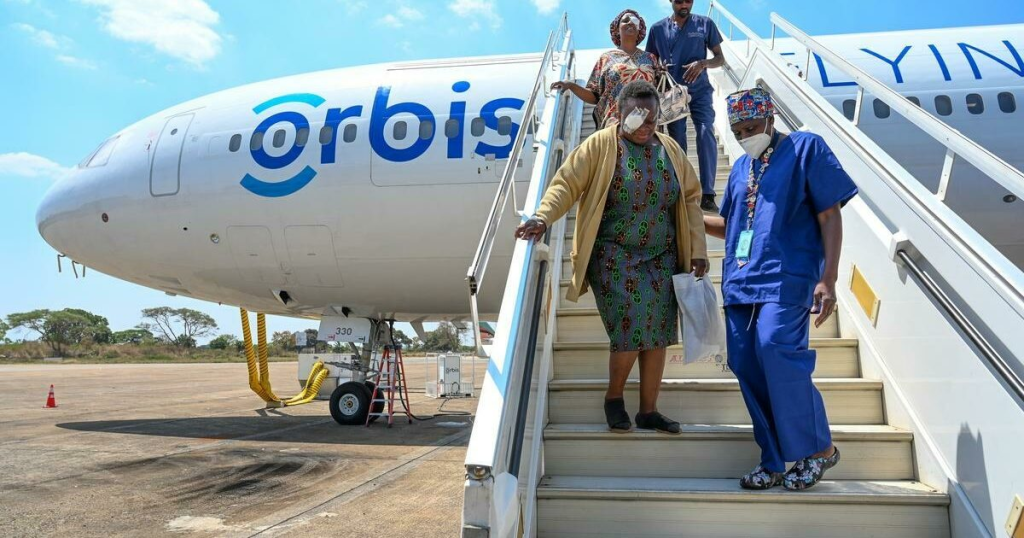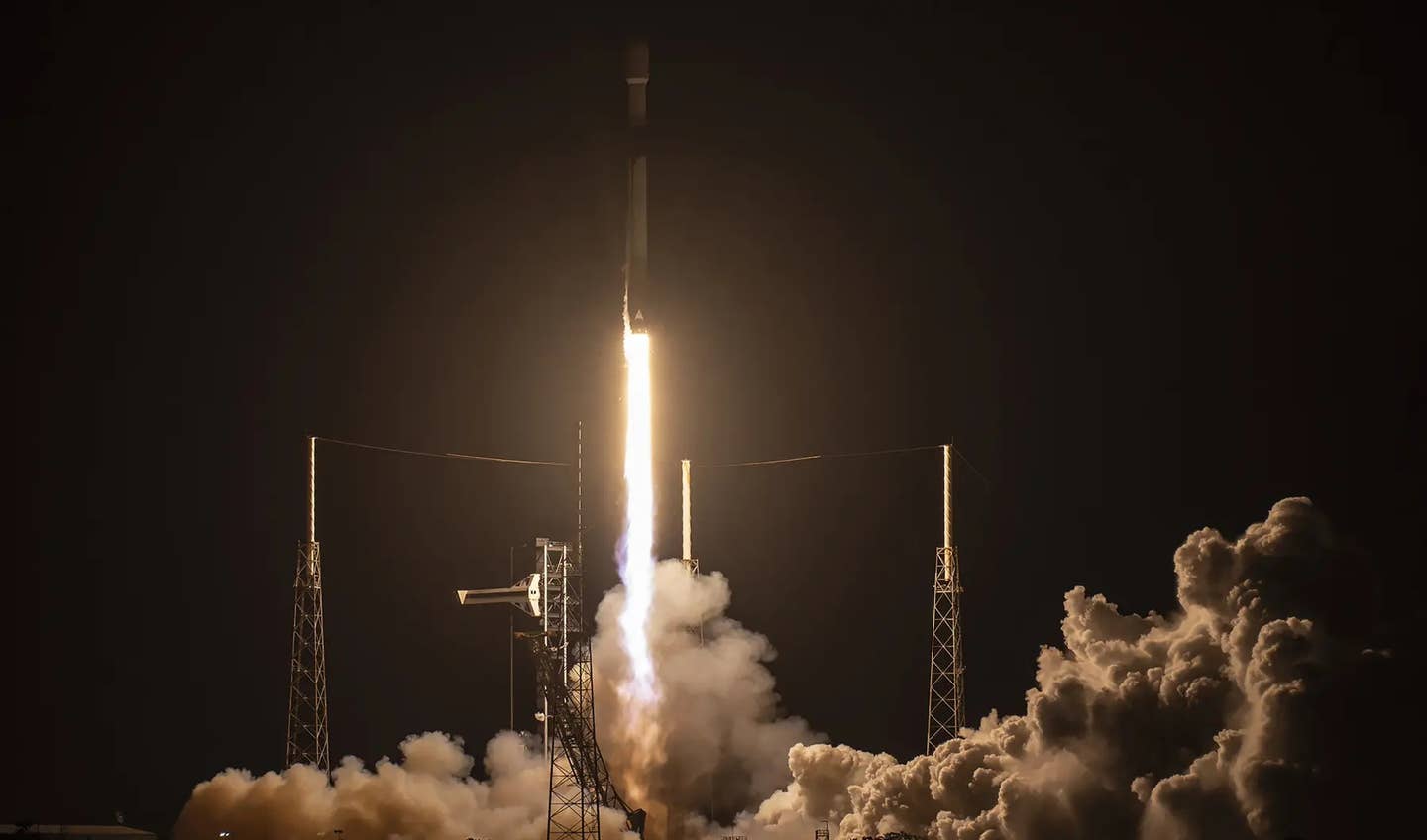On the Hunt for Diamonds in the Rough
Over the past 22 years, Paul Freeman has crowdsourced descriptions and images of (at present) 2,542 abandoned and little-known airfields, from all 50 states.

Paul Freeman started his search for forgotten airports in 1999. Contributed photo
“On the following pages, you will find information on vanished or abandoned airfields and their unusual histories,” foreshadows Abandoned and Little-Known Airfields on its home page.
The website was first published in 1999 by lifelong aviation and history enthusiast Paul Freeman. Over the past 22 years, he’s crowdsourced descriptions and images of (at present) 2,542 abandoned and little-known airfields, from all 50 states.
The project started as a way for Freeman to further explore his newfound interest for the abandoned airfield symbol that exists on FAA sectionals. Through his initial research, he learned more about this symbol’s purpose, and the scope of abandoned airfields across the country.
Most of the first airfields that he took a deeper look at--because they were depicted as abandoned--were in the Northeastern United States. As an active private pilot and a resident of Ashburn, Virginia, Freeman was in part interested in seeing fields in his area that could be used in an emergency landing. He was also curious about the fates of historical airports, especially those most people would not know existed unless they had heard about them.
Freeman created the website as a forum to showcase his expanding knowledge about these airfields, while simultaneously noting what he didn’t know about them. This approach has allowed others, aviation hobbyists or not, to fill in the blanks of airfield history across the country.
Since launching the site, Freeman has served both as a collector of information and as an aggregator for the tidbits that others have passed along to him. There are around a dozen or so people who have routinely provided information to the website over the last few decades. But, most collected insights, memories, and photographs have been from one-off contributors who wanted to commemorate an airport they had fond memories of or knew about.
Among the nearly 2,600 entries, expected patterns have emerged.
"Most are predominantly in warmer locations where there is good flying weather and larger populations. The states with the greatest number of archived abandoned and little-known sites are Florida, California, and Texas," Freeman said.
Each entry varies based upon the airfield’s history and amount of available material to support its story. That said, every airfield has a minimum criterion that must be met to be included on the website.
"I have to find at least one official depiction [of the site] as an airport in order to publish it," Freeman said. This, along with other fact-checking steps, helps to ensure that "urban legend" airports and those that are figments of peoples’ imaginations aren’t published.
Some entries have more supporting evidence than others. Regardless of the entry, though, Freeman tries to include as many photographs, first-hand sources, and verified news material as possible. Ultimately, this creates a robust account of a once potentially forgotten airfield, including why it was closed and often its current state.
One Popular Tale
Greater Southwest International Airport is, as the entry says, "… a bizarre tale of a massive taxpayer-funded international airport which was plowed under in a mere 20 years after it opened."
Greater Southwest International was a Ft. Worth airport that served primarily commercial traffic. But, Dallas decided to create their own international airport and didn’t want to build onto the neighboring city’s existing 12-year-old field. Similarly, Fort Worth didn’t want to move its operations to Love Field in Dallas. Rather, the two towns eventually compromised and built a mixed-town airport development that was called Dallas-Fort Worth International (DFW).
Following that flagship airport’s completion in 1973, Greater Southwest closed a year later and was then ultimately developed over.
“It is a perfect example of politics gone wrong, and incredible levels of wasteful spending,” the entry says. “The vast majority of the millions of airline passengers who pass through the present-day Dallas Fort Worth International Airport have no idea of a completely separate airport that once stood on the edge of the current property.”
Today amongst the commercial sites that sit atop the former airport, there exists "… a small remaining piece of the runway extension that was left on the north side of Highway 183."
This sole chunk of concrete serves as a sobering reminder of the effects of changing political tides and rising property values on aviation properties around the country.
"Roughly 30 of the entries on the website are due to a Walmart taking over the former airport property," Freeman said. Not all abandoned airports are tilled under to be the new location for low-cost retailers, though. Many others, of those who haven’t been left to sit untouched, have been used for other commercial purposes or turned into residential subdivisions.
The Preservation Project
Along with meeting his initial goal of furthering knowledge about airfields that are no longer in operation, Freeman’s internet project helped to contribute to the grassroots effort of protecting existing ones.
"This website is not just history for history’s sake and has helped to bring much needed exposure to the issue of airport closures within the United States," Freeman said.
He mentions instances where aviators wrote to him with fond memories of an airport at which they had passed time. Often, these pilots do not have pictures of the airfield, as they “thought it would last forever.”
To help combat these closures, Freeman mentions how aviation enthusiasts can help to ensure their favorite airports’ existence for generations to come.
"Many of my website’s readers have pointed out that after reading about how many airfields we’ve lost, it has motivated them to support the airfields we still have. This can include participating in zoning hearings or other parts of the local government process, or simply going out and giving some revenue to a small airport and their resident businesses."
Without these continued efforts and support from within the aviation community, the number of abandoned and little-known airfields will continue to grow.

Sign-up for newsletters & special offers!
Get the latest FLYING stories & special offers delivered directly to your inbox






